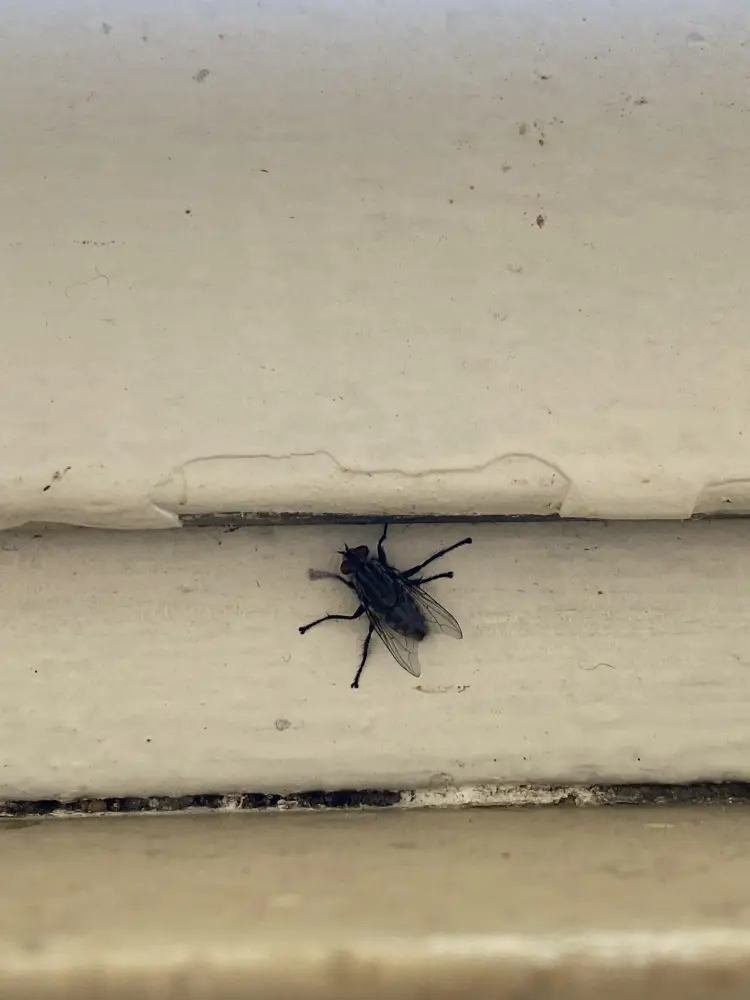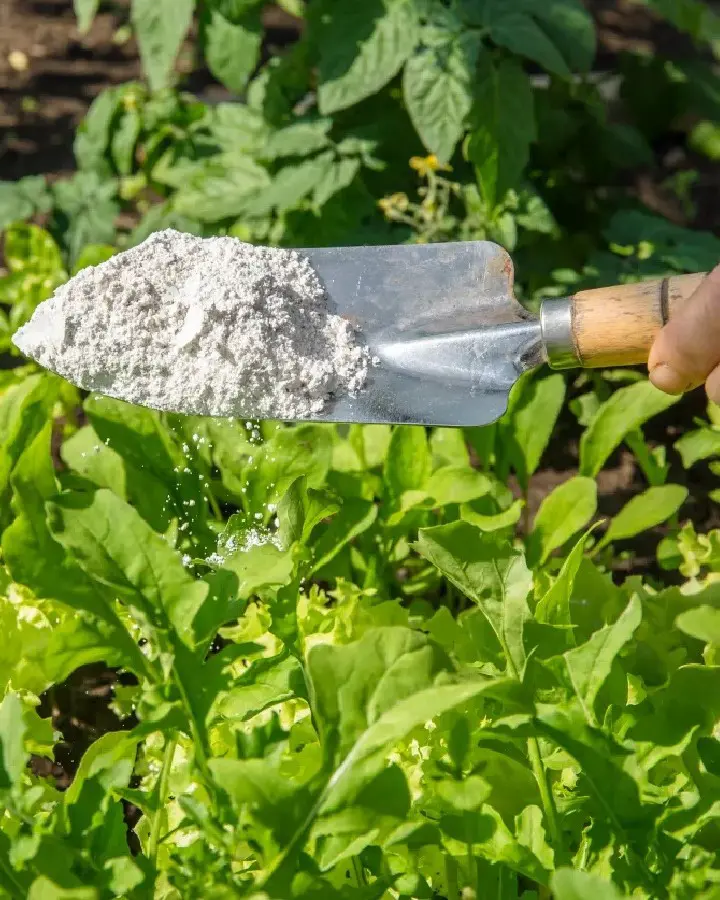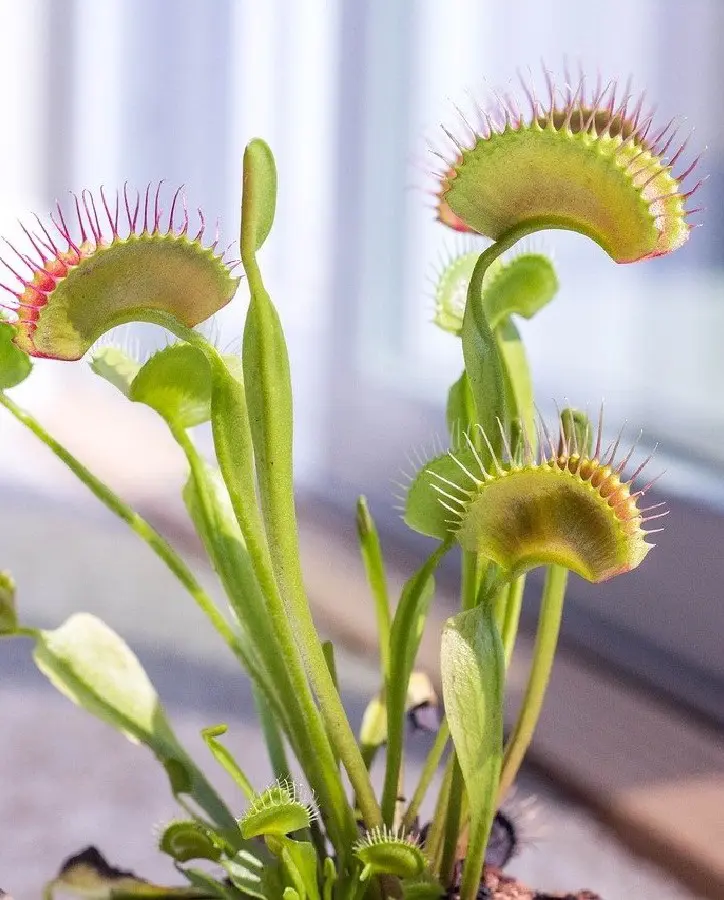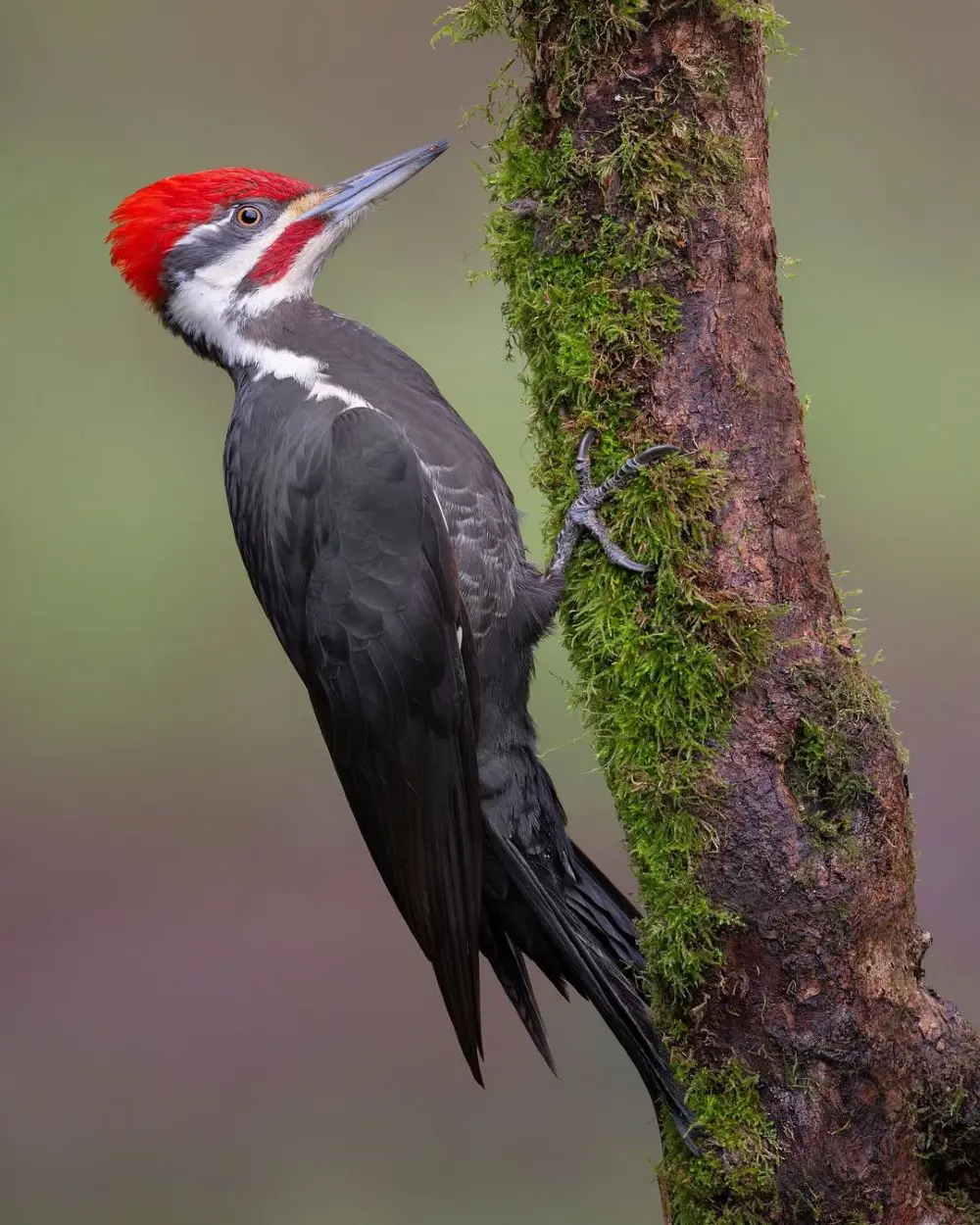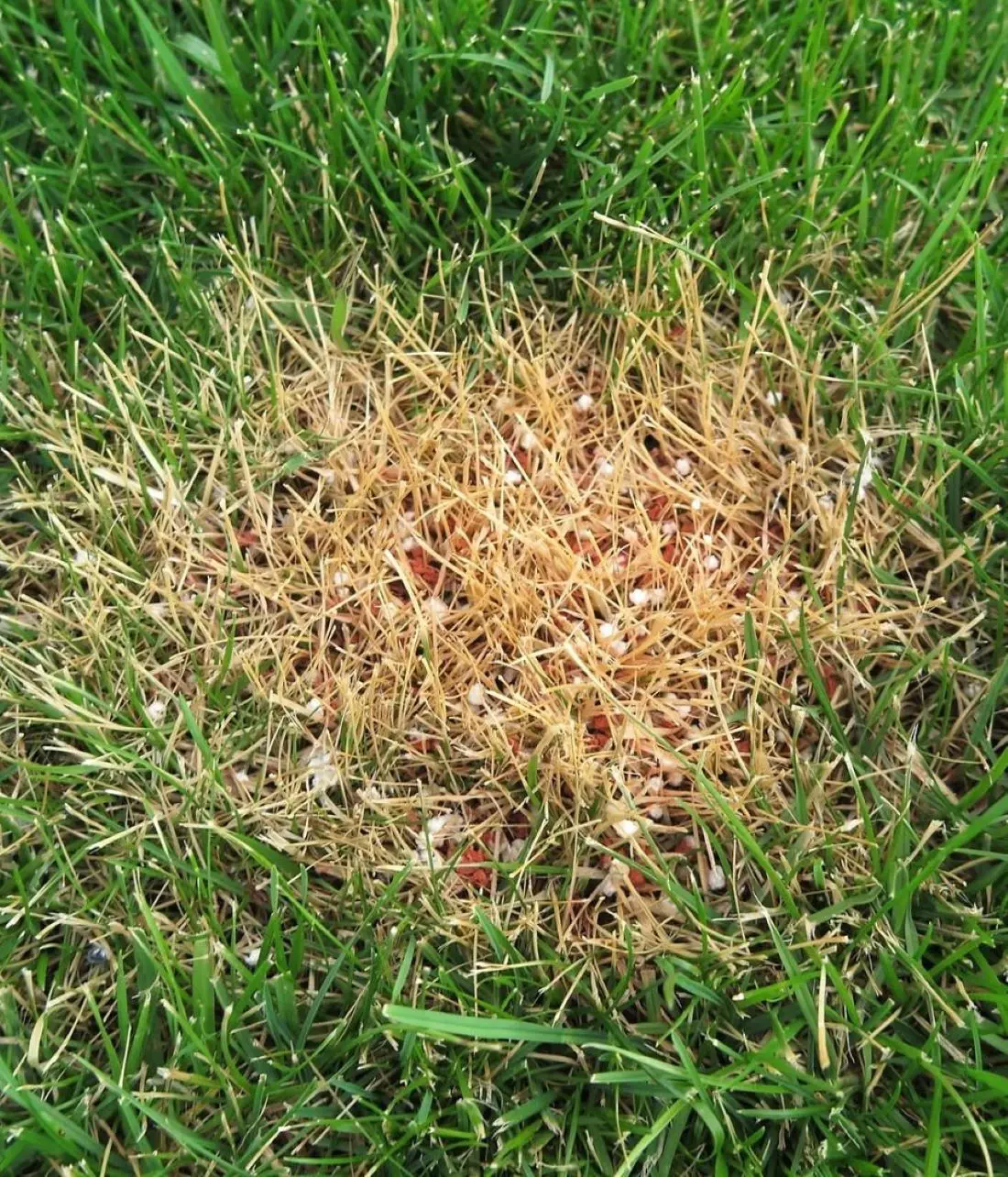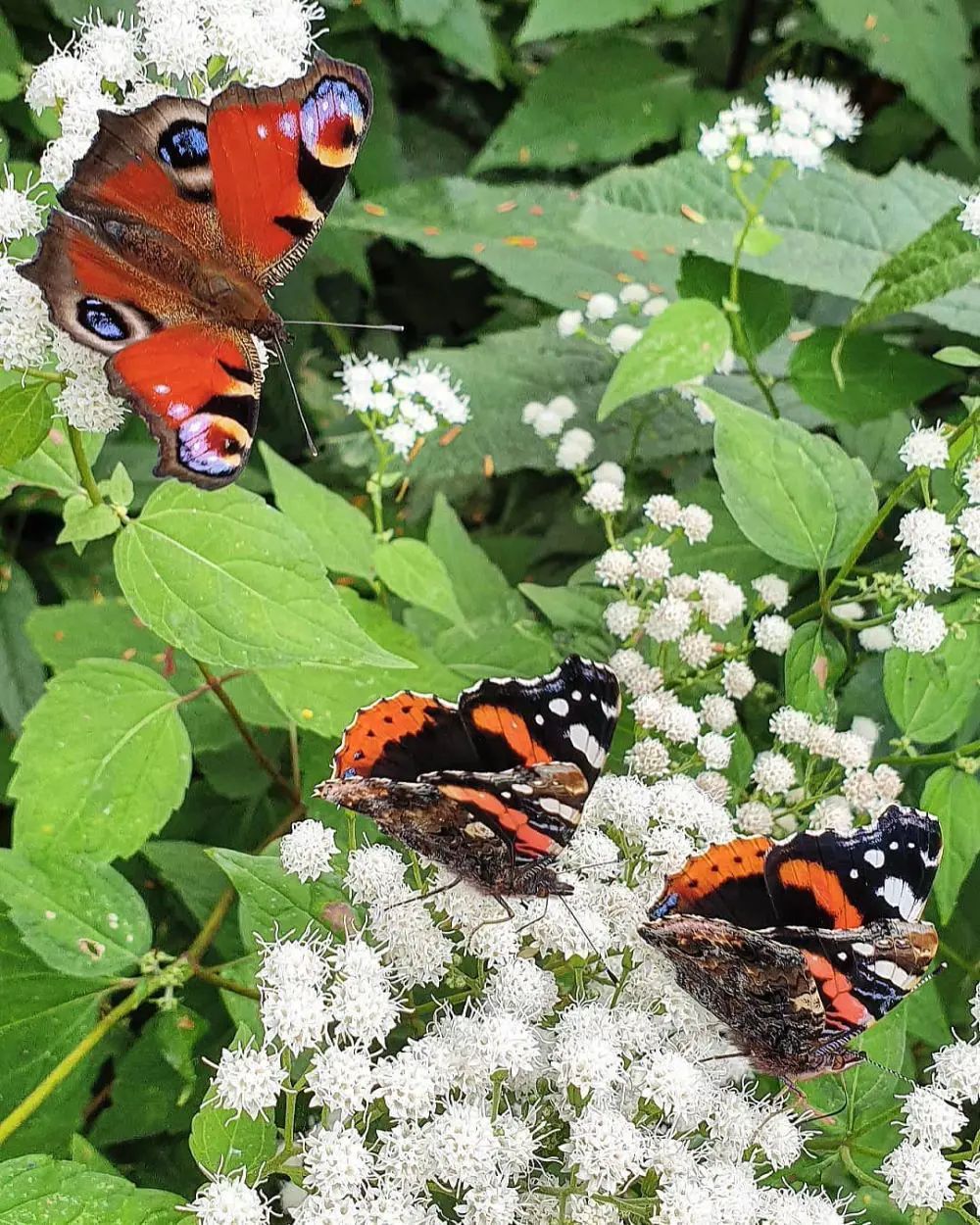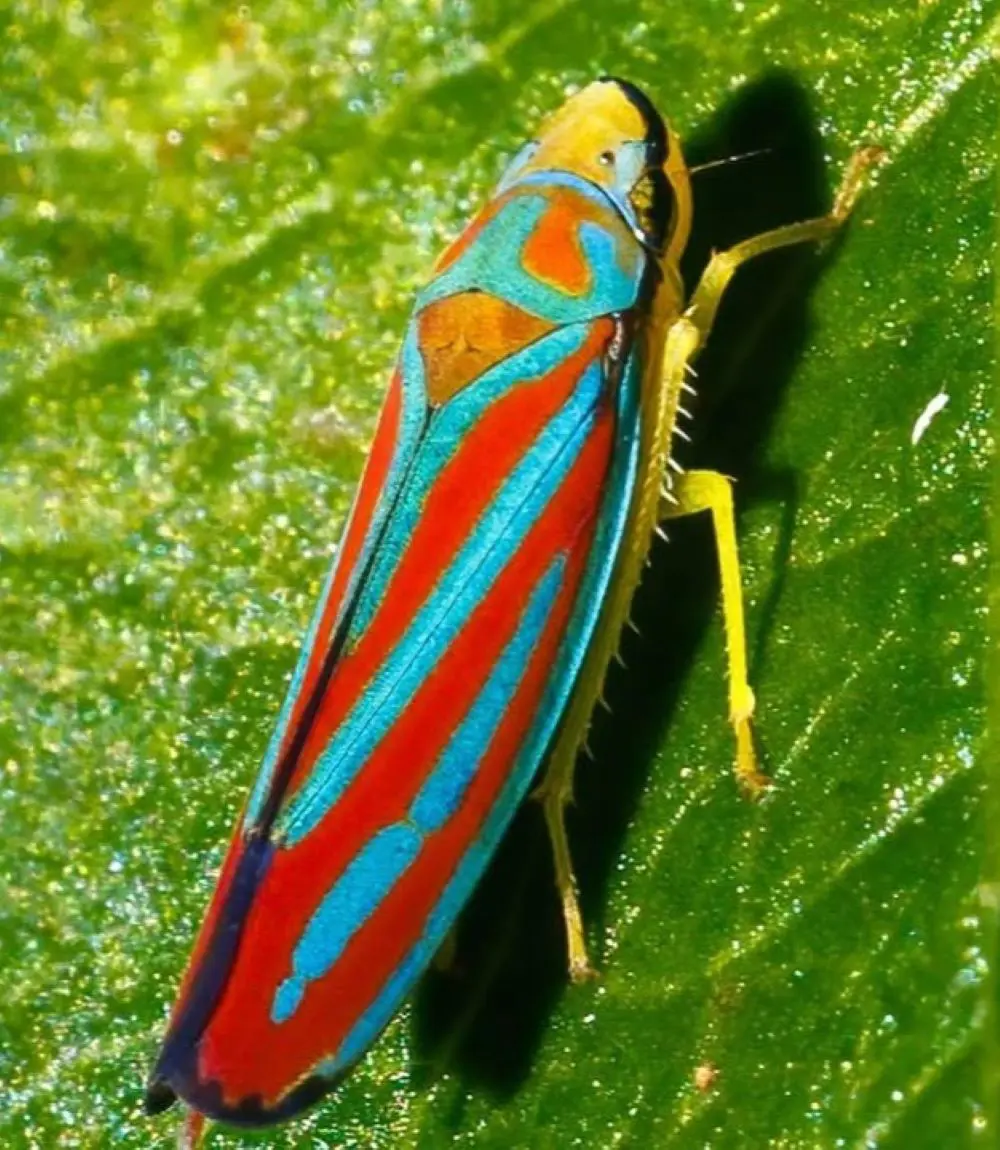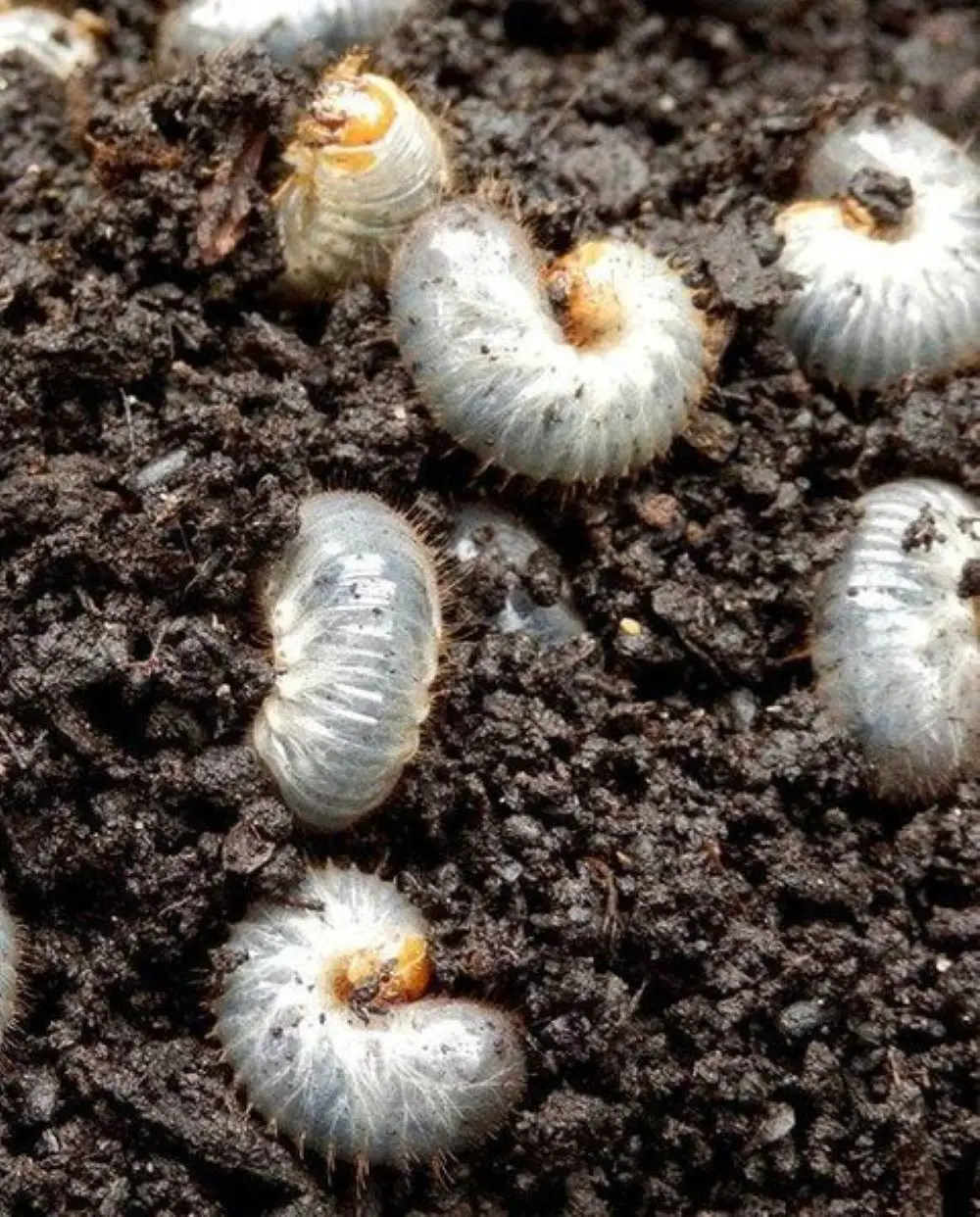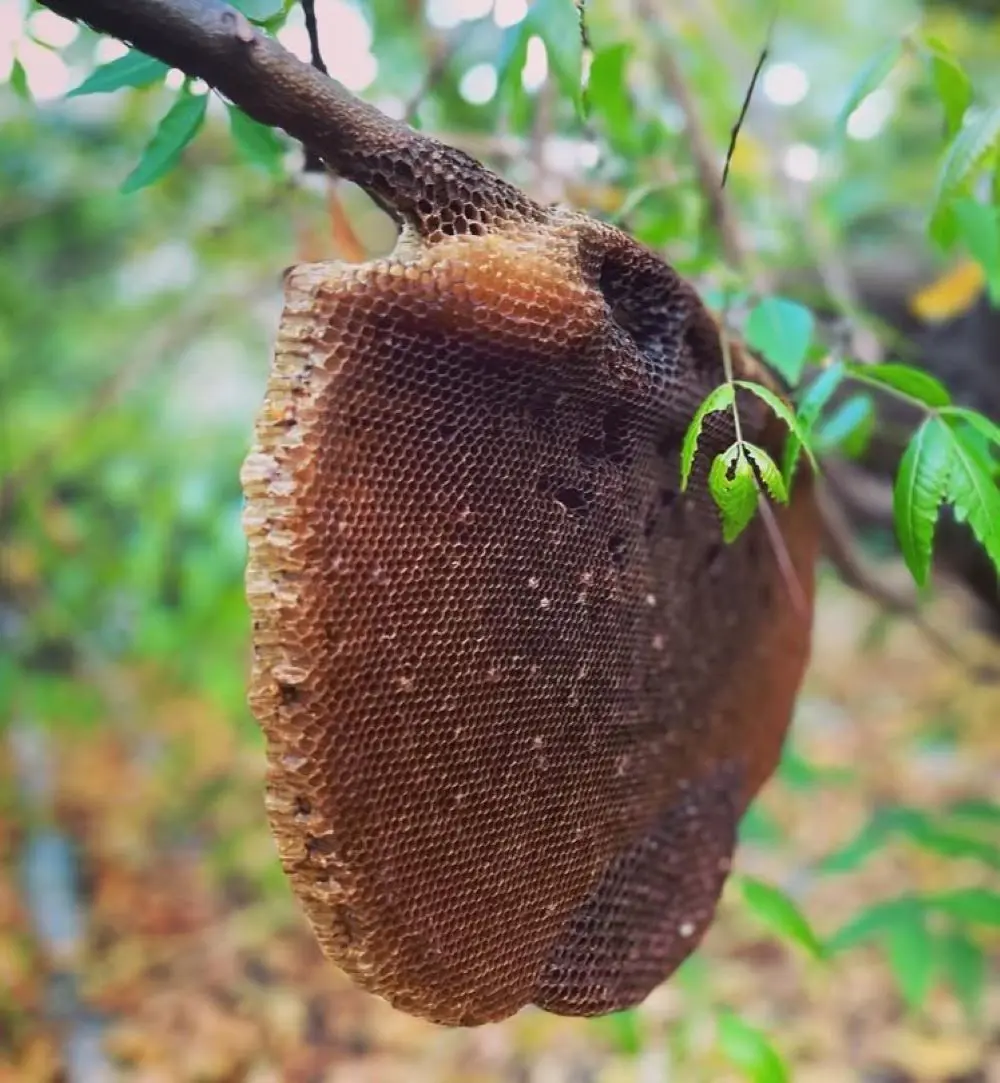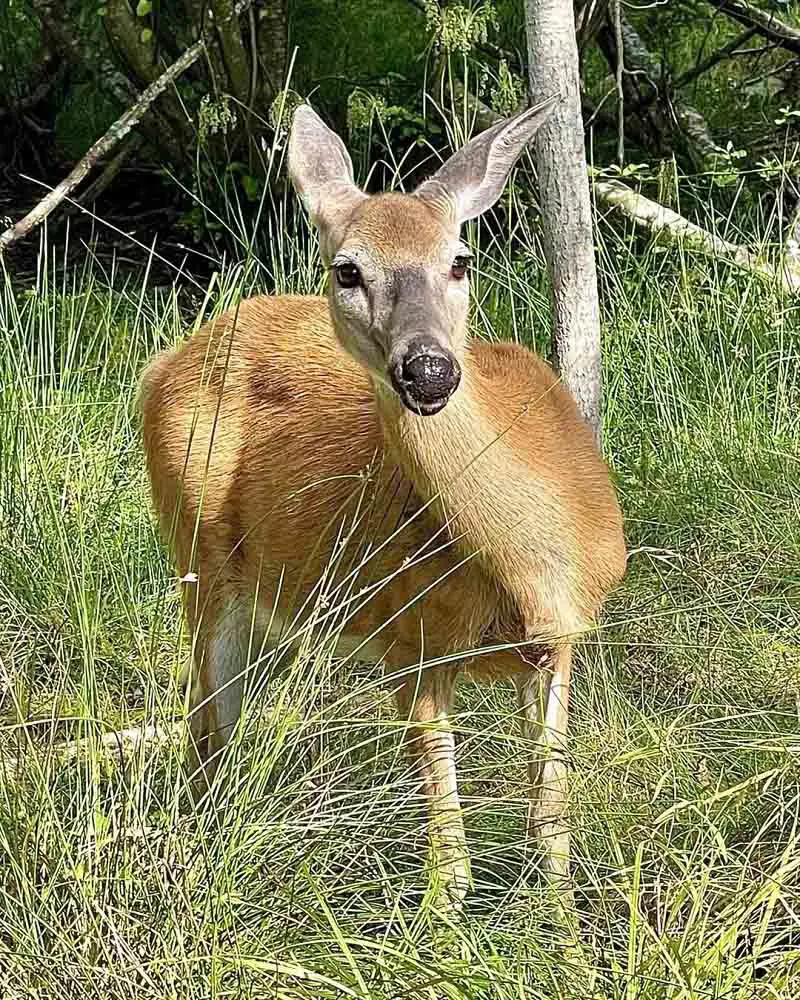Physical Harm to Livestock and Wildlife
Black flies, also known as buffalo gnats, are notorious for causing physical harm to livestock and wildlife. These small, biting insects often swarm animals, feeding on their blood and causing intense irritation.
The bites from black flies can result in painful, itchy welts that can lead to secondary infections if the animal repeatedly scratches or bites at the affected area. In severe infestations, animals may experience stress, reduced weight gain, decreased milk production, and, in extreme cases, death due to toxemia or anaphylactic shock.
Impact on Humans
Black flies can also significantly impact humans, especially those living or working near infested areas. Their bites are not only painful but can also cause allergic reactions in some individuals. The irritation and itching caused by black fly bites can be severe, leading to discomfort and disrupted sleep.
In some cases, people may develop "black fly fever," a condition characterized by headache, fever, nausea, and swollen lymph nodes. Additionally, the presence of black flies can deter outdoor activities, impacting quality of life and economic activities such as tourism and agriculture.
Environmental and Economic Impact
The environmental impact of black flies extends to the broader ecosystem. When black flies are abundant, they can disrupt the balance of local wildlife populations. Birds and other insectivorous animals may experience changes in their diet and behavior due to the high availability of black flies.
Economically, black fly infestations can lead to increased costs for pest control measures, reduced productivity in livestock, and potential losses in tourism revenue. Managing black fly populations often requires significant resources and can be a continuous challenge for affected communities.
